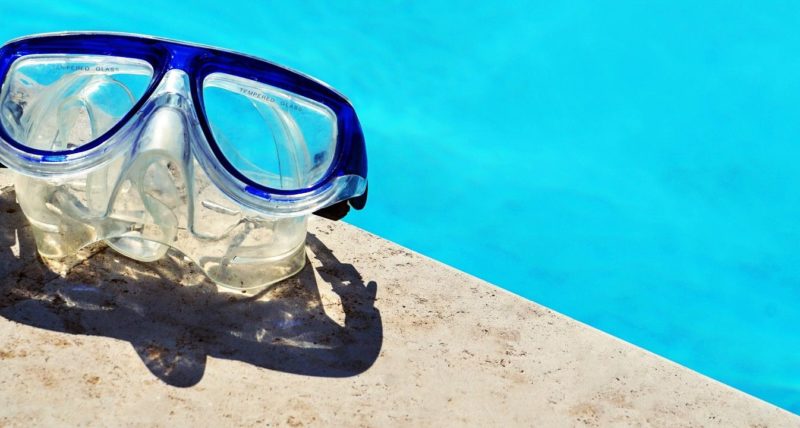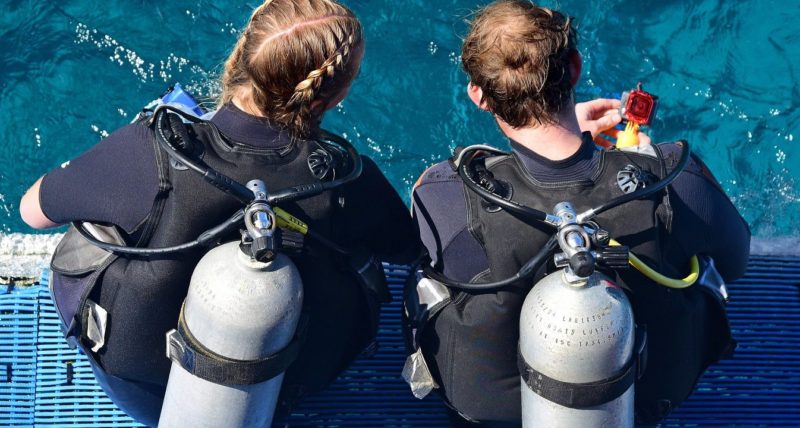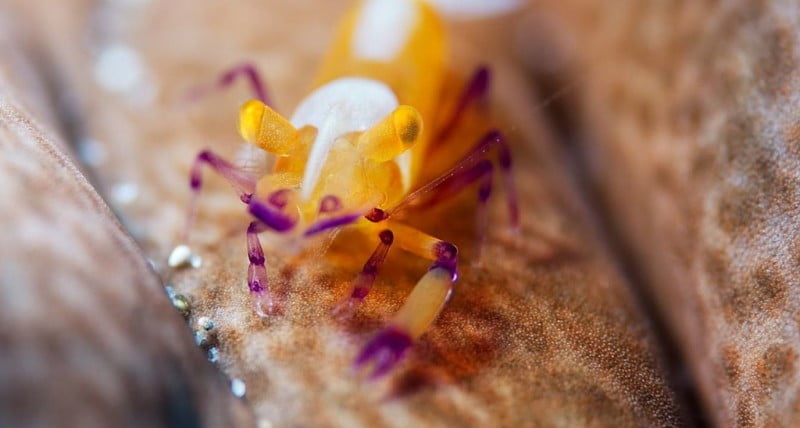Buoyancy Control and Scuba Diving
Perfect practice makes perfect
Enjoying the diving holiday in Bali and especially in Padangbai is a highly amazing and enjoyable experience for novice and as well for experienced scuba divers. The diving in Bali offers exciting diving opportunities for all levels of scuba divers. Padangbai, Pulau Menjangan, Amed, Candidasa, Tulamben or Nusa Pendia hold some of the most amazing dive sites in Bali. Bali has excellent visibility nearly all year round. Many of the sites especially those on the east coast of Bali are ideal even for snorkeling. The rich marine life as well as the magnificent coral can be especially enjoyed if a diver masters the mighty skill of buoyancy.
Achieve Perfect Buoyancy Control
Buoyancy control is a vital aspect of scuba diving. Scuba divers who are able to perfectly control their buoyancy can make their diving holiday in Bali more relaxed and exciting. When a scuba diver achieves buoyancy control, he has not only more freedom under the water but also the ability to take much better underwater photos and videos. Apart from that, right buoyancy control is crucial for the protection of the coral reef. Good buoyancy means less broken coral.
Minimize diving weight
While scuba diving, those who are able to control buoyancy can avoid various accidents and emergencies also under water. In order to achieve buoyancy control the scuba divers must have appropriate weight. Most new scuba divers fail to have the proper weight and as a result buoyancy control becomes a difficult task. When an improperly weighted diver adds more air to their Buoyancy Control Device BCD, he or she will find it more difficult to maintain neutral buoyancy underwater. The diver must be in a position to adjust according to their depth and movement up or down in the water. With the correct weight necessary, the dive can better fine tune his or her buoyancy by inflating or deflating his or her BCD in small increments.
Breath control while you dive
The divers who are able to properly control their breath can easily achieve buoyancy control. The ideal method is to maintain a constant breathing rhythm. A diver must feel how his exhale causes him to sink and his inhale causes him to rise. Consistent and equal exhales and inhales coupled with correct weighting and BCD inflation further help fine tune buoyancy. For the new scuba divers it is all the more important to practice aerobic exercises to maintain a consistent consumption of air while they dive.
Body positioning
Positioning of the body also will affect the buoyancy control. The diver should move his body horizontally and his legs are to be stretched back. He must position the weights appropriately so that the body will not tip to one side. One of the keys to correct body position is that the diver must be neutrally buoyant so the legs are not fighting to keep the body afloat or forcing the body to sink.


